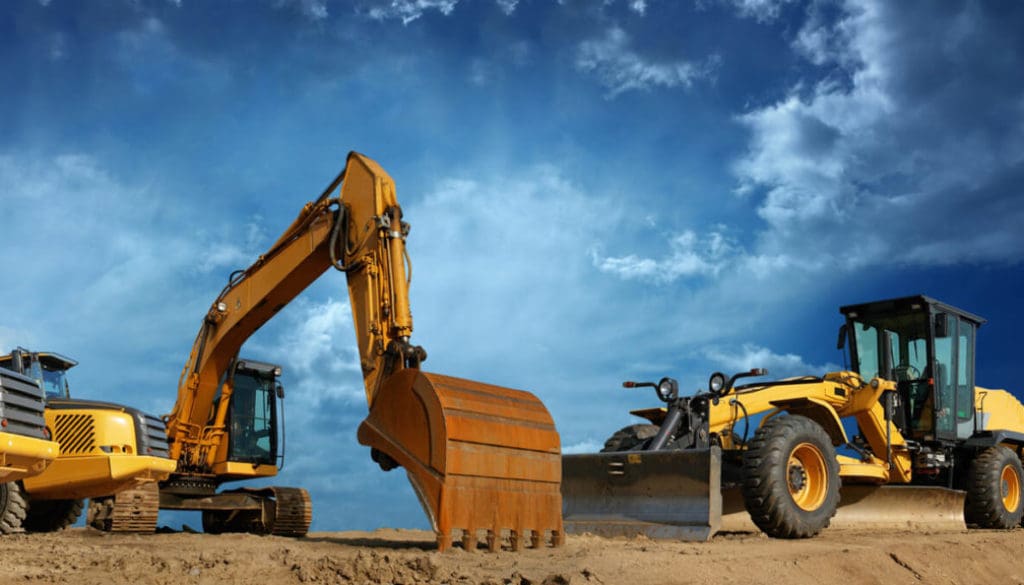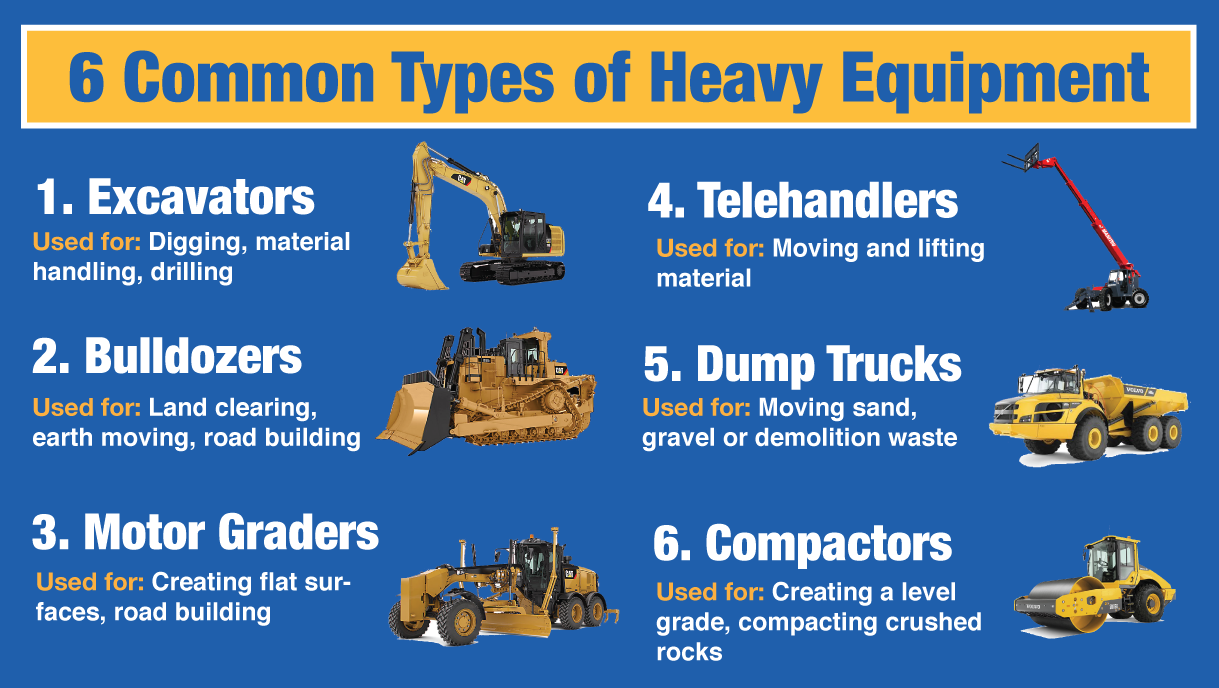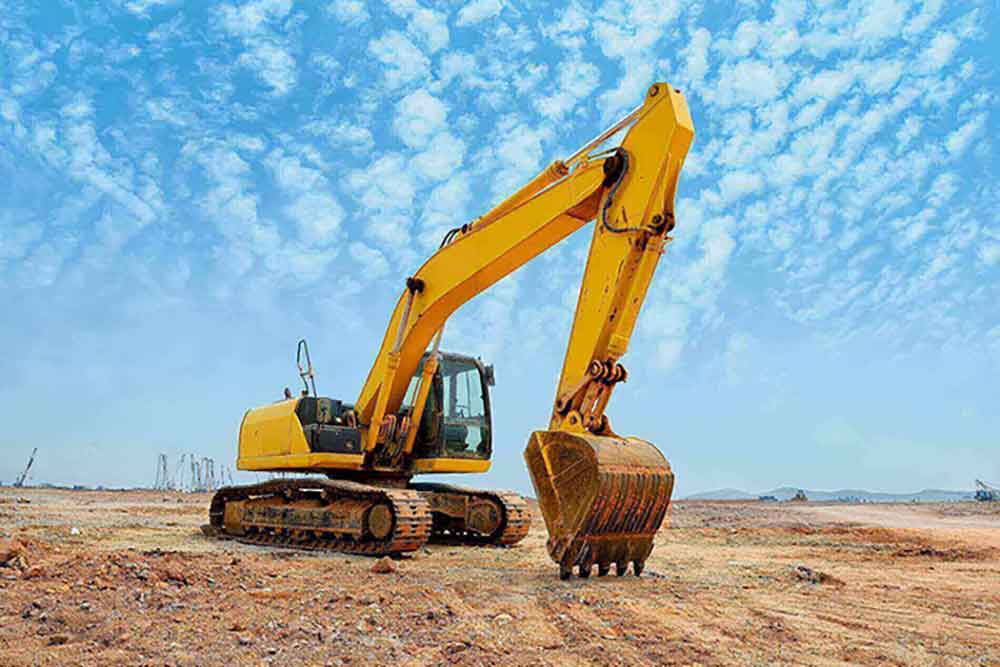Leading Equipment Rental Company for All Your Needs
Leading Equipment Rental Company for All Your Needs
Blog Article
Leasing Vs. Acquiring Building And Construction Devices: Making the Right Option for Your Task
When embarking on a building job, one of the essential decisions that project managers and stakeholders encounter is whether to buy or lease building and construction devices. The decision hinges on various elements such as cost considerations, project period, devices upkeep, scalability, versatility, and risk management.
Price Factors To Consider
When evaluating the economic element of renting versus getting building devices, the ahead of time costs and long-term costs need to be meticulously thought about. Renting equipment commonly needs reduced initial payments compared to buying, making it an appealing option for temporary projects or professionals with spending plan restraints. Renting removes the requirement for large capital investments and lowers the monetary threat linked with tools possession, such as upkeep and depreciation costs. Nevertheless, over time, continually renting devices can build up higher expenses than buying, especially for extended tasks.
On the various other hand, getting construction tools entails higher in advance costs but can result in long-term savings, particularly for frequent customers or lasting jobs. Ultimately, the choice between renting and purchasing building and construction equipment hinges on the project's duration, frequency of use, budget plan considerations, and lasting economic goals.
Task Period

Conversely, for long-lasting tasks or recurring construction work, acquiring tools could be the more cost-effective choice. Getting devices can bring about set you back savings in the future, specifically if the equipment will be regularly made use of. Furthermore, possessing equipment gives a feeling of control over its availability and enables for customization to fit certain project needs.

Devices Upkeep
Provided the crucial duty job period plays in establishing the most cost-efficient method in between renting out and buying building and construction equipment, the emphasis now changes in the direction of examining the necessary element of equipment maintenance. Correct upkeep is essential for making sure the optimal efficiency and durability of building and construction tools. Renting tools usually includes the benefit of having well-kept machinery provided by the rental company. This can reduce the concern of upkeep tasks from the task owner or service provider, conserving effort and time. On the various other hand, possessing equipment requires a proactive approach to maintenance to stop break downs, guarantee security, and expand the tools's life expectancy. Regular evaluations, servicing, and prompt repair services are required to keep owned equipment in leading functioning condition. Variable in upkeep costs when choosing in between getting and renting out, as ignoring upkeep can lead to costly repair work, downtime, and job delays. Ultimately, a well-maintained building and construction tools fleet, whether rented or had, is vital for the reliable and effective completion of construction tasks.
Versatility and Scalability
In the world of building devices monitoring, the facet of flexibility and scalability holds considerable significance for job efficiency and resource application. Opting to rent out building equipment supplies a high level of versatility as it permits for the fast change of tools types and amounts based on the advancing requirements of a job.
Leasing building and construction equipment provides the benefit of conveniently scaling operations up or down as project needs read what he said rise and fall. Contractors can promptly include or trade equipment to match the job's altering needs without the restraints of possessing possessions that might become underutilized or outdated.
Threat Management
Efficient threat monitoring in building equipment procedures is paramount to ensuring job success and mitigating prospective monetary losses. Building projects naturally include different threats, such as equipment breakdowns, mishaps, and project hold-ups, which can dramatically affect the project timeline and spending plan. By carefully taking into consideration the threats related to owning or renting building devices, job supervisors can make educated choices to decrease these possible threats.
Renting out construction tools can provide a degree of danger reduction by transferring the responsibility of maintenance and fixings to the rental firm. This can minimize the financial problem on the task owner in case of unanticipated devices failings (forklift rental). In addition, renting out provides the versatility to access specific tools for details task stages, decreasing the threat of owning underutilized equipment
On the other hand, possessing building equipment provides a sense of control over its usage and upkeep. However, this additionally means birthing the complete duty for repair work, upkeep prices, and depreciation, boosting the monetary dangers related to devices possession. Mindful risk analysis and consideration of variables such as task period, tools usage, and upkeep requirements are essential in identifying the most ideal choice for reliable threat monitoring in construction jobs.
Final Thought
Finally, when choosing between renting and purchasing building devices, it is very important to consider expense, project period, devices maintenance, threat, flexibility, and scalability management. Each factor plays a vital role in identifying one of the most suitable choice for the task at hand. By carefully assessing these aspects, project supervisors can make an informed decision that aligns with their budget plan, timeline, check my reference and overall job goals.

Report this page